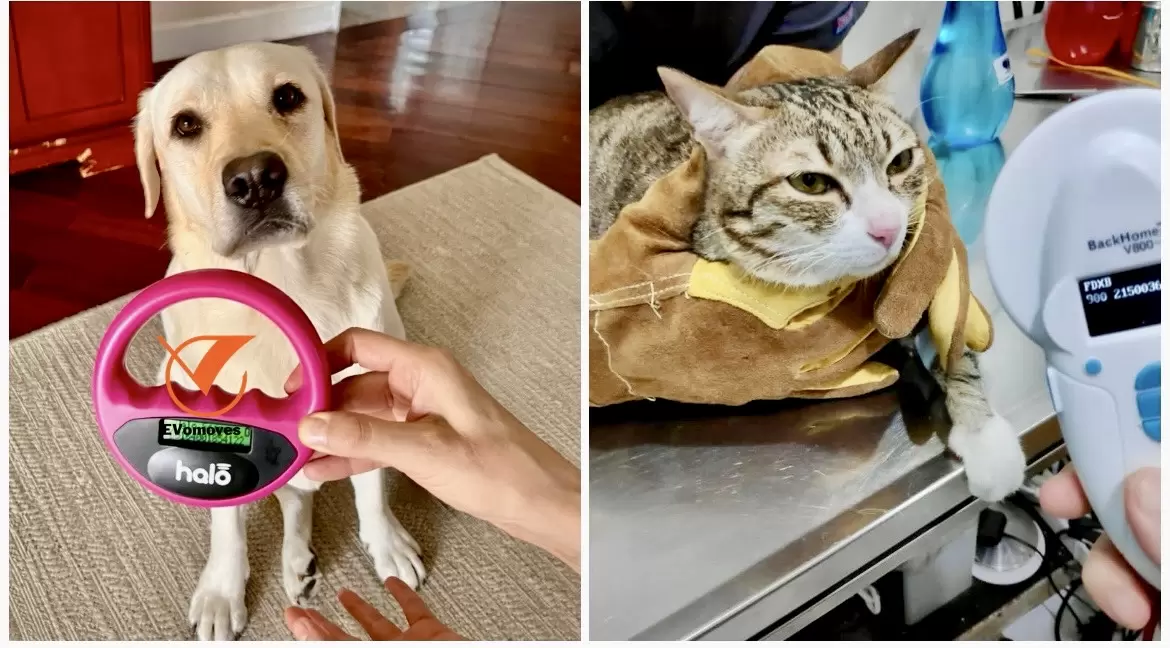Microchip

Pets moving to another country must be microchipped as part of the export process. The microchip should comply with ISO standard. A microchip is not only for identification purpose, it can help in case your pets become lost.
Hereafter is the reasons:
-
Unlike collars, microchip can’t be lost. It’s a permanent, reliable form of identification with a unique number for each pet and can easily be read with a microchip reader. Each pet passport, vaccine card or vet’s database has information about owner’s details and pet’s details including microchip number. This significantly increases the chances of reuniting lost pets with their owners
-
Animal shelters are often full of lost pets. Microchipping helps alleviate this burden by identifying and return pets to their families
-
Even the most responsible pet owners can experience the situations where their pets get lost. Thieves intentionally remove pets’ collars or tags. A microchip is an safety precaution to ensure your pets can be identified and returned to you
-
The process of microchipping your pets is simple, quick and safe. Your vet will inject the microchip which is about the size of a grain of rice, under the pet’s skin, usually between the shoulder blades. It is similar to a routine vaccination and causes minimal discomfort to your pet.







